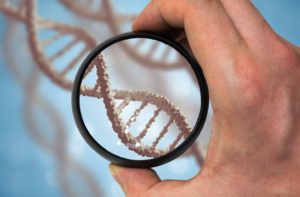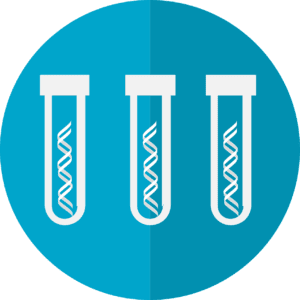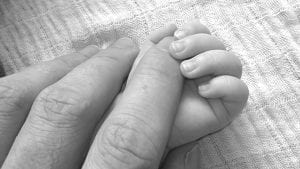Leukodystrophy
What is leukodystrophy?
Leukodystrohpy is a term used to describe a group of progressive diseases that affect the central nervous system by causing abnormal development or destruction of the brain’s myelin sheath, which is the protective covering of the nerves. Right now, there are about 52 different kinds of leukodystrophy, and doctors are discovering new forms all the time, distinguished by the specific part of the myelin sheath that the leukodystrophy affects.
What causes leukodystrophy?
Most of the leukodystrophies are genetic and are caused by a genetic mutation. These types are inherited in family lines. Genetic testing can be helpful in these circumstances.
What are the symptoms of leukodystrophy?
Symptoms of leukodystrophy will sometimes show up early in childhood, but because the disease is progressive, some children born with leukodystrphy will seem fine until later on. Because each type of leukodystrophy affects the myelin differently, children with the disease can have any of the following symptoms:
- Balance and mobility problems
- Behavioral and learning disabilities
- Bladder issues
- Breathing difficulties
- Hearing, speech, and vision problems
- Seizures and other muscle control problems
Overall, the most common problem with leukodystrophies is the child’s health worsening in some way.
How is leukodystrophy diagnosed?
Diagnosing leukodystrophy can be difficult because there are so many ranging types and symptoms of the condition. Several types of testing along with a thorough clinical examination and patient history must be conducted to reach a diagnosis. These tests include:
- Blood and urine analysis
- CT scans
- Genetic testing
- MRI scans
- Psychological and cognitive tests
What are the available treatments for leukodystrophy?
Currently, there are no available cures for any of the leukodystrophies, but medicines, speech therapy, and physical therapy can help with the symptoms of the condition. Some people may also need help with learning or nutrition, depending on the type of leukodystrophy. In addition to these, researchers are currently testing bone marrow transplantation as a treatment for some leukodystrophies.
Where can I find more information on leukodystrophy?
Leukodystrophy Articles

RI-MUHC Team Develops First Mouse Model of 4H Leukodystrophy

A Family Raises Tubb4a Leukodystrophy Awareness: Killian’s Story


Forge Biologics Cleared for Clinical Trial of FBX-101, a Krabbe Disease Treatment

Krabbe Disease Treatment Receives Orphan Drug Designation








